ORGANIZATION CULTURE:
- It will direct influence on the success of the project
- It Includes,
- Value
- Organization policies and procedure
- Authority relationship view
- Work ethics
- Work hours
Organizations were classified under three common structure;
- Functional Organization
- Projective Organization
- Matrix Organization (Weak/Strong/Balance)
Functional Organization: “SILO”-Keyword in PMP

- They organize workers and grouped based on their skills and knowledge
Advantage: Communication is simple to functional manager
Disadvantage: Time & Loyalty
Projective Organization: “No Home”-Keyword in PMP
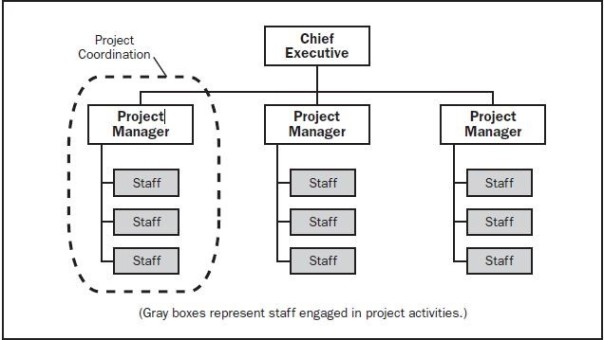
Advantage: Dedication on time and Quick decision
Matrix Organization (no power and only communication roles)
Tight matrix organization – Get together to discuss the project form bring different location in war (meeting) room.
- Weak Organization:
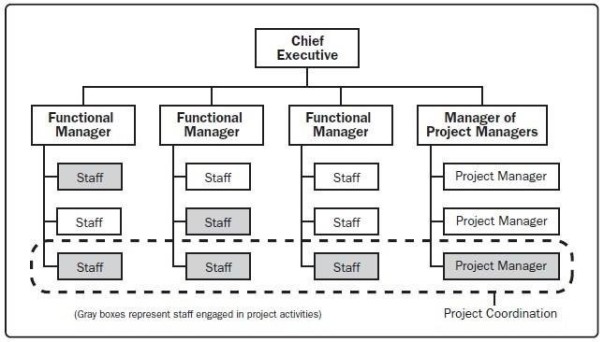
- Balanced Matrix Organization:
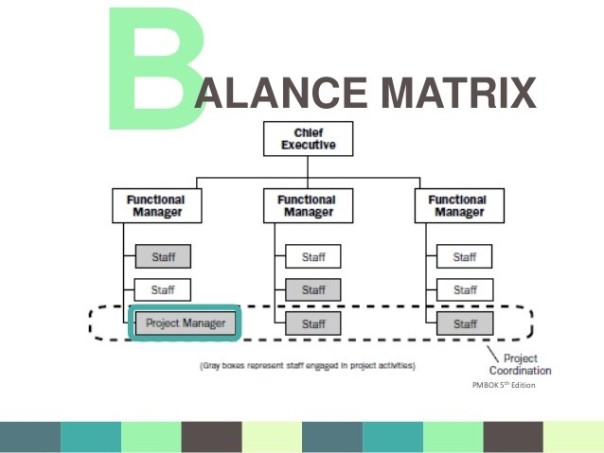
- Strong Matrix Organization:
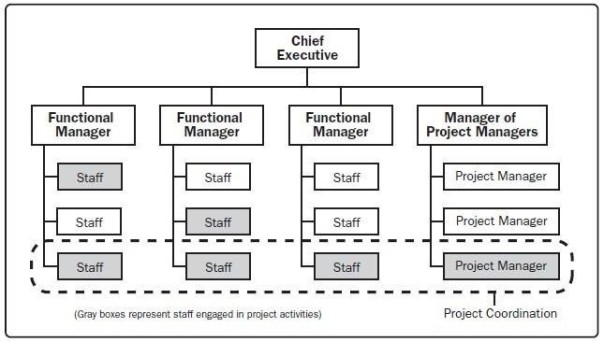
Advantage: Efficient use of resource in all works
Disadvantage: Employee will have difficult to manage two commands
Project Based Organization:
- Temporary systems for carrying out their work
- Success of work is measured by the final result rather that by position/politics.
Project Success:
- Project success should be referred to the last baselines approved by the authorized stakeholders
- Project manager is responsible and accountable for the project success.
Project Life Cycle:
- Series of phases
- Name and Number decided by
- Control needs of performing organization
- Complexity of the project
- Application area
- Can be broken down by :
- Functional/Objectives, Intermediate deliverable, specific milestones, financial availability.
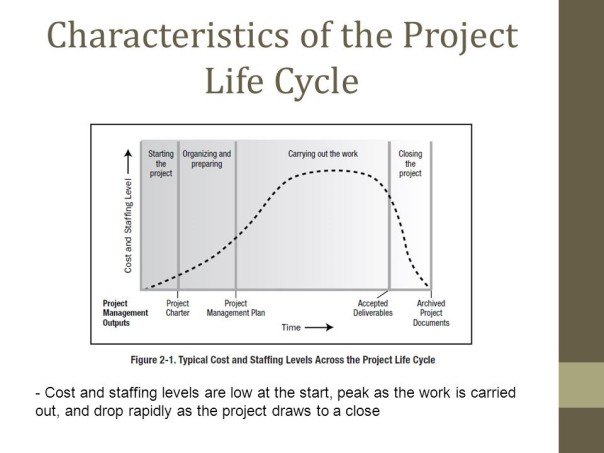
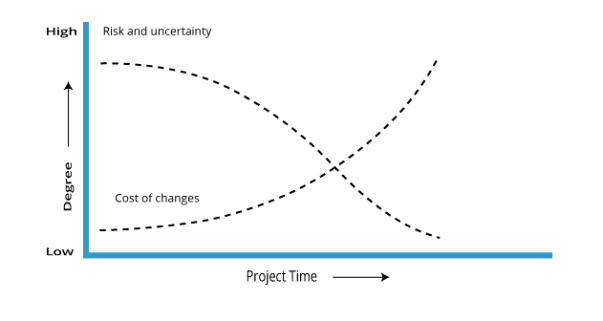
Project Life Cycle:
- Predictive Life Cycle o Fully Plan driven,
- Iteration and incremental life cycle (Ex : Scrum Method) – 4 week to take decision time,
- Adaptive life cycle or change driven or agile methods (Ex : Agile) – 1 week to take decision time
Enterprise Environmental Factors:
- Organizational Structure
- Organizational Culture
- Governmental /Industry Standards
- Project Management Information System
- Existing Human Resources
- Personnel Administration
- Organization Work Authorization System
- Market Place Conditions
- Stakeholders risk tolerance
- Infrastructure
Organizational Process Assets:
- Organizational Process – Standards & Procedures
- Templates
- Organizational communications requirements
- Financial control procedure
- Issue and Defect Management Procedures
- Change control procedures
- Risk Control Procedure
- Procedures approving and issuing work authorization
- Organizational Knowledge base
- Lesson Learned.